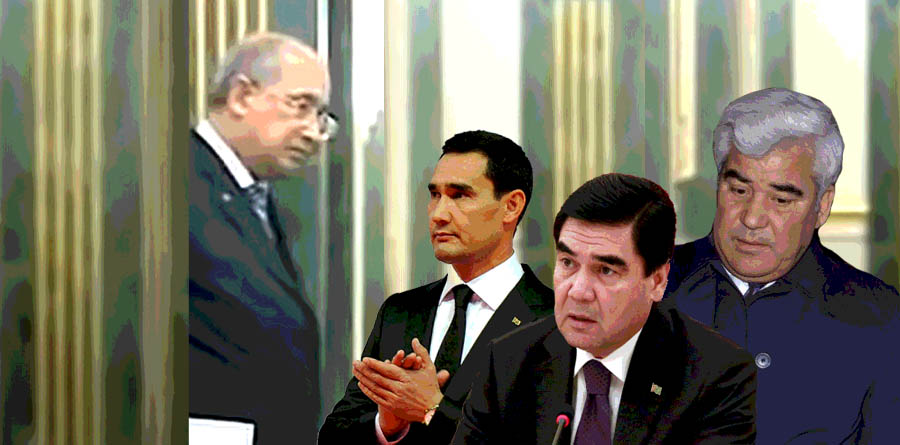
Viktor Hramov, Éminence Grise of Turkmen Politics, Retires
22.09.2023
The Executive Board of the United Nations Children’s Fund (UNICEF) endorsed Turkmenistan’s country program to protect children’s rights for 2021-2025 at its session on September 8 to 11. This is the sixth program and includes the same fundamental principles. At the same time, the situation concerning child labor in the country is not changing and does not meet these principles. As before, boys aged from 8 to 14 can be seen at the markets working as porters.

State media report that the main aims of the four-year program are: governance for children; child nutrition, health, and early development; social protection; and quality inclusive education. If this is not ambitious enough, there is, for example, the National Plan of Action on Children’s Rights for 2018-2022, confirmed in June 2018 by President Gurbanguly Berdimuhamedov. There is the basic Convention of the International Labor Organization on prohibiting and eliminating the worst forms of child labor, ratified by Turkmenistan’s Mejlis (parliament) in 2010.
But for some reason none of these documents affects the lives of the boys who are a daily sight at the central market in the town of Baherden in Ahal region. These photographs were taken in May-June 2020. The boys are always ready for a meager sum to push 100 kg of vegetables and other goods on their trolleys. According to norms adopted in various countries, even grown men should not be constantly moving around weights above 15-25 kg during their working day.
Turkmen.news sources say that most of the boys at the markets of Baherden and other Turkmen towns work outside school hours. But there are boys who skip class in order to work. It would be better for them to go to class, attend clubs or work with tutors, or just play football in the yard. But they are not working in order to save up for a new smartphone or bike. Many of these boys’ families simply would not survive without their earnings.
It’s not the only way that Turkmen schoolchildren earn money. For example, they often wash cars or collect plastic bottles. Children don’t ask the driver before starting to wash a car. In principle the driver might not pay them, but the children reckon that the vehicle owner won’t begrudge them a few manats.
Under the Turkmen Labor Code, a minor can work but has to agree to have a contract concluded with their parents and with the consent of the child protection services. Moreover, the work must not hinder the child’s studies or damage their health or moral development. Before starting work the child has to have a medical examination paid for by the employer. Check-ups should then be held every year until the child is 18. The working day for children should be short: 24 hours a week for children below the age of 16, and 36 hours for teenagers between 16 and 18. They have to be paid the same wages as an adult who would work 40 hours in that job. None of this is observed at the market in Baherden. The children are just glad not be driven out of the market.
The code also includes a ban on minors working in harmful or hazardous conditions and makes it a requirement to restrict loads in line with the established norms.
In 2005 President Saparmurat Niyazov publicly criticized the use of child labor in cotton fields. He signed a law prohibiting this practice outright. In 2008 Berdimuhamedov continued the policy. He said: “This practice has been stopped and it is our job not to permit in future a single instance of the exploitation of child labor.” The president threatened to hold personally responsible school principals who sent children to the cotton fields. Since then, there have been hardly any reports of the organized dispatch of children to the fields. Only adult employees in the public sector have to pick “white gold” (which is still considered forced labor and no better than exploiting minors in all international documents).
The ban on using child labor in the cotton fields is a fine gesture by the Turkmen authorities for the benefit of the international community. However, it should be said that it was quite easy to do. Children were sent to the cotton fields in an organized manner, so all that was needed was to strictly forbid school leaders to organize these trips. An alternative workforce was also available – the public sector workers.
It’s not school principals that send children to the market, it’s ordinary poverty. Children can be seen sitting there selling their simple wares. Girls and boys take their parents’ place selling bunches of herbs, vegetables, fruit, and home made flatbreads. These children are skilled traders and resist customers’ attempts to drive down the price. They all probably have gaps in their education from missing class though.
Children do still end up in the cotton fields too. Some replace their parents who are public sector workers, while others agree to go cotton-picking in place of teachers in order to earn some money. They don’t pick cotton for the fun of it.
Tough measures could be taken. The police could be told to clear the young porters out of the market and young car washers out of the car parks. But this wouldn’t tackle the need. The loss of a child’s earnings puts a family in an even more difficult position, increasing the risk of social upheaval. Economic measures are needed, but the Turkmen authorities are far better at imposing bans than taking positive action.

22.09.2023
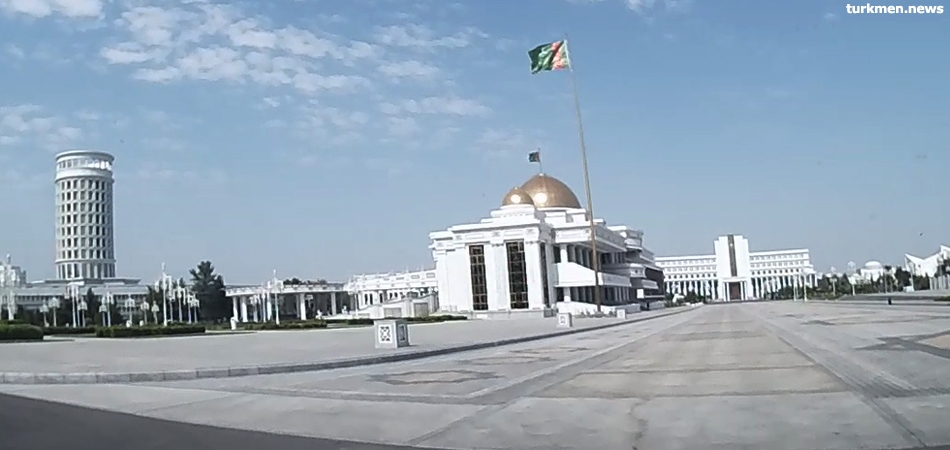
16.03.2023
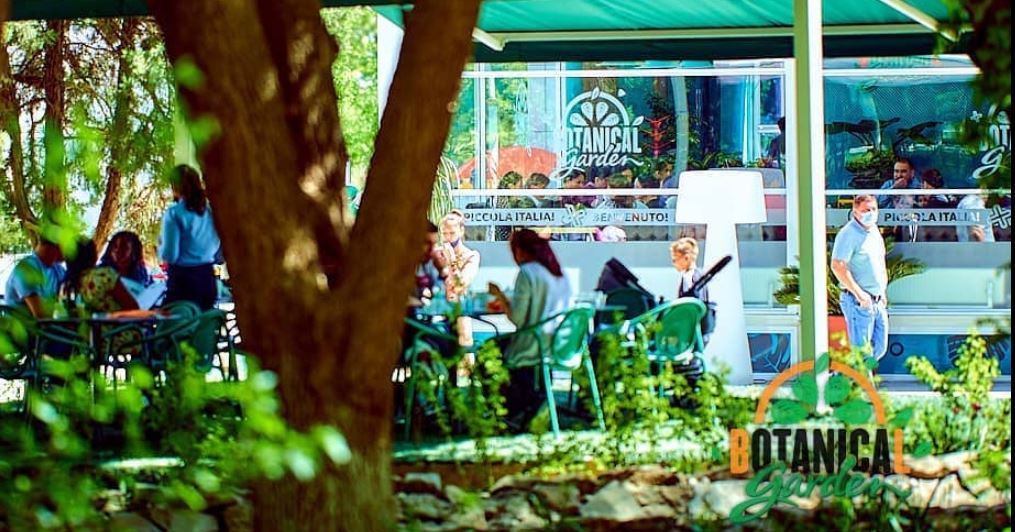
21.09.2022

Upmarket Bar in Ashgabat Closed After Brawls Involving President’s Cousins
08.04.2024

Petrofac Back in Favour in Turkmenistan After Falling Foul of Berdimuhamedov
18.03.2024
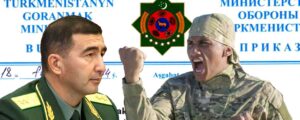
Turkmenistan’s Defense Minister Deprived Officers From Housing Entitlement Despite Widespread Resignations
28.02.2024

Murder and Suicide at Troubled Turkmen School
28.02.2024
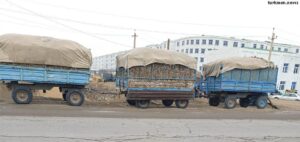
Low Prices Lead Turkmen Farmers to Sell Cotton Harvest Residues for Fodder
19.01.2024
Tell us!
Add comment
your e-mail will not be published